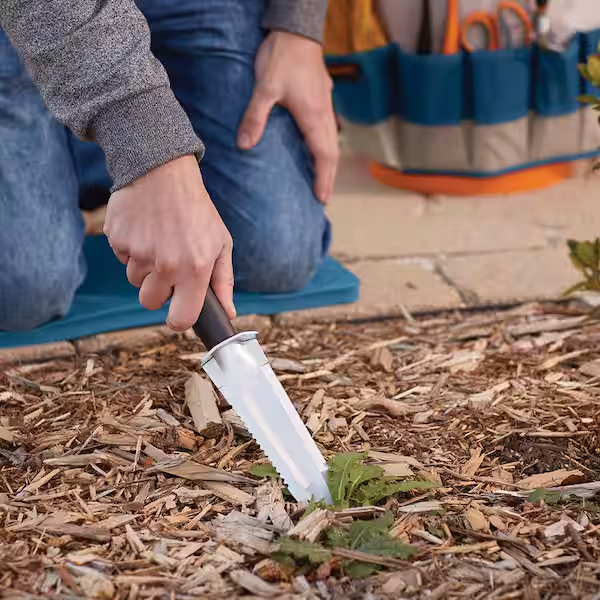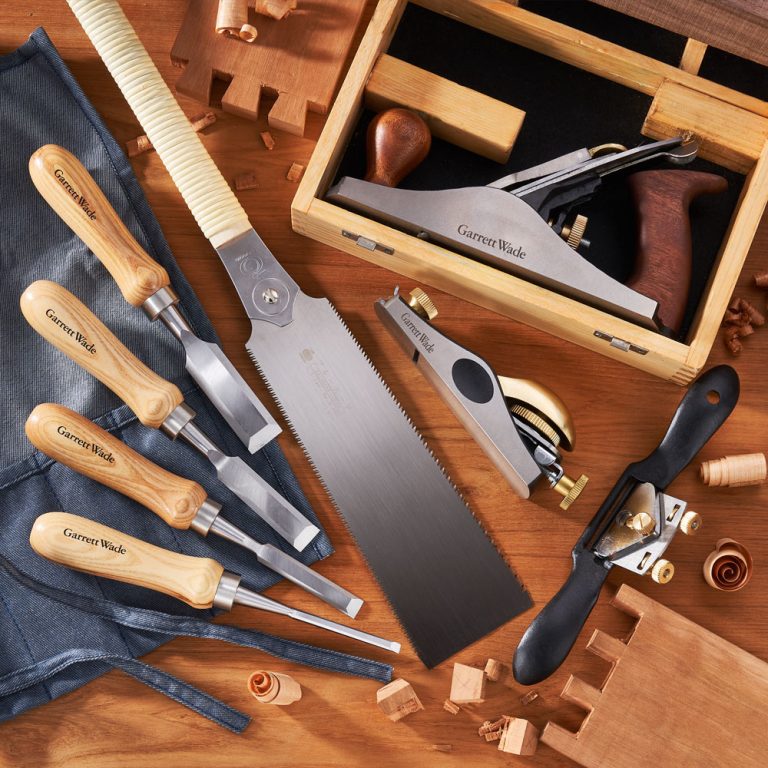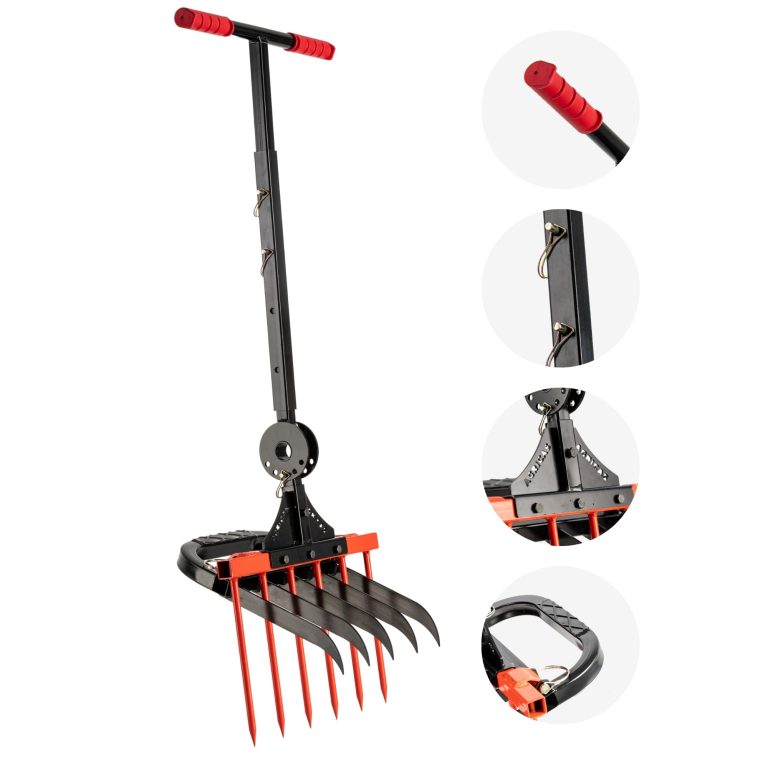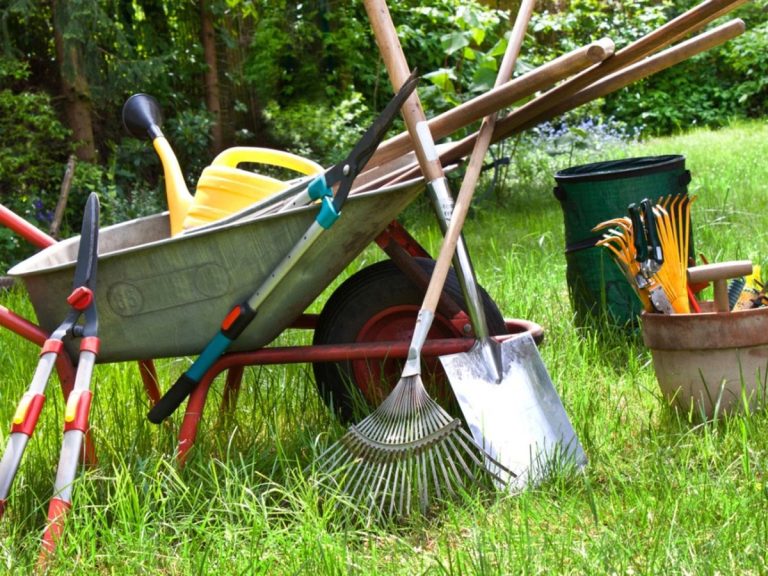The Versatile Garden Knife: A Must-Have Tool for Green Thumbs
The humble garden knife tool may seem unassuming at first glance. This basic tool consists of a sturdy blade, often with a serrated edge, attached to a basic handle. Yet the straightforward design masks incredible versatility that makes it indispensable for gardeners.
Garden knives serve as utility workhorses for endless horticultural tasks. These affordable tools maximize efficiency and precision for everything from harvesting to pruning to planting. No well-equipped gardener should ever lack a trusty knife among their arsenal.
With a wide range of blade styles and sizes available, gardeners match different knives to various needs. From compact folding models to substantial fixed blades, the right knife simplifies any hands-on garden work.
Harvesting Made Easier with Garden Knives
Few tools match the efficiency of a sharp garden knife for harvesting ripe fruits, veggies, herbs and flowers from the garden. The knives precisely sever plant materials from stems, vines or branches with clean cuts.
Using knives for harvesting helps preserve delicate produce quality versus ripping or tearing. Precise incisions minimize damage that reduces shelf life or introduces sites for rot to spread.
Garden knives present multiple optimal blade options for different harvesting tasks too. Straight-edged blades work best on items with tougher exteriors like squash or melons. Serrated edges excel for sawing through stalk- or vine-based crops.
The angled blades also improve access for making selective cuts on tightly-spaced plants. Pickers can weave knives into crowded canopies to isolate and remove individual stems without excessive disturbance. This promotes longer harvesting windows.
Pruning Plants with Garden Knives
Effective pruning encourages bountiful plant production through seasons of new growth. Garden knives prove perfect for executing clean, precision pruning cuts on most vegetable, flower, ornamental shrub and tree species.
Bypassing pruners become bulky and awkward for making numerous small, precise snips across branching structures. Garden knives offer superior control and maneuverability for detail pruning.
Serrated blades shear effortlessly through tough old-growth wood better than struggling with anvil-style pruners. Experienced pruners use serrated knives to initiate scoring cuts that prevent bark tearing or browning.
For thinner, delicate pruning jobs, straight-edged knives provide surgeon-like precision. Smooth blade strokes slice cleanly without crushing or shredding soft green growth that invites disease.
Planting and Transplanting with Garden Knives
Garden knives simplify numerous aspects of starting new plants and transplanting as well. The sturdy, angled blades excel for custom underground prep work that promotes strong root establishment.
Creating slits or holes for seed planting requires clean-sided trenches with little sidewall compaction. Garden knives pierce ideally-shaped furrows to space seeds evenly with tidiness. Their tips undercut root zones for new bare root stock too.
The blades also effortlessly divide well-rooted starter plugs for spacing transplants into beds. Knives split rooted segments more precisely and with less disturbance versus spades or minimally-serrated trowels.
Skilled gardeners use coring knives to harvest intact transplant plugs with minimal root disruption too. The hollow tubes extract undisturbed soil columns for replanting into new containers.
Fending Off Garden Pests Safely
Beyond cultivating new growth, garden knives provide handy tools for fending off crop-damaging insects, wildlife and unwanted vegetation. The blades cut through threats efficiently while posing no chemical risks.
Knives physically prune infested plant sections to isolate spreading disease or pests without contaminating broader areas. Slicing off affected limbs prevents blights or munching insects from decimating entire gardens.
For clearing brush or sawing woody stems, sturdy knives accomplish the task without expensive pruners or saws. Serrated blades saw through thick trunks and branches cleanly but cause less surrounding vegetation damage than powered tools.
Garden knives even assist in trapping nuisance pests like moles or gophers. Some designs feature hooked blades for safely snaring rodents from their tunnels. The sharp edges ensure quick dispatch when extracting dangerous varmints.
Dividing Bulbs, Roots and Tubers with Garden Knives
Over time, perennial plants spread root systems or tuber structures that outgrow their spacing and require division for continued vigor. Sharp garden knives provide ideal tools for partitioning plants safely.
Knives access tightly-spaced clusters of bulbs, rhizomes and rootstocks cleanly. The blades slice through tangled root masses more precisely than hacking with hand trowels or shovels.
Using a knife minimizes transplant injuries that occur from ripping apart root systems forcefully. Roots sever with less crushing damage for faster reestablishment after division.
The sharper the knife, the better defined the separation lines when portioning rhizome sections like iris, daylily or rhubarb. Clean edges heal faster than jagged, ripped chunks that decay.

Garden Knives Excel for Tough Vegetation Removal
The unassuming garden knife becomes a secret weapon for battling invasive weeds, grasses, brambles and other unwanted scourges. Their sharp edges slice through the most stubborn vegetation with constant, steady work.
Digging persistent weeds like dandelions proves easier when stabbing serrated or hooked knife blades into root masses. The blades work roots free from all angles versus relying solely on pulling forces that often fail.
Removing turf grass chunks or sod also represents less thankless toil with the right robust knife. Knives cut clearly demarcated edges while severing root systems with efficiency that hand tools cannot match.
Clearing long-ignored overgrown areas becomes more manageable with a sturdy brush knife too. The stiff blades cut quickly through masses of vines, brambles or thick brush that foils most hand pruners or loppers.
Picking the Ideal Garden Knife for Your Needs
With so many potential garden knife variations available, understanding different design strengths streamlines selecting the perfect tool. Informed growers match blade characteristics to common gardening jobs.
For general household gardening, compact folding knives maximize portability and safety for carrying in pockets or bags. Convenient clips attach keys too. Fixed blades provide even more control for harvesting produce or flowers.
Robust fixed-blade knives prove most heavy-duty for clearing vegetation, sawing branches and dividing root structures. Look for sturdy steel blades at least 5-7 inches long with serrations or gentle curves.
Specialty knives assist with unique planting tasks too. Hori-hori knives, concave transplanters, and coring knives all sport purposeful designs for propagating and transplanting with minimal root disturbance.
Premium knives often feature corrosion-proof stainless steel blades. But less expensive high-carbon blades stay sharp affordably with regular honing. Ergonomic rubberized handles provide non-slip grips in diverse conditions.

Proper Care and Maintenance for Garden Knives
Garden knives experience extreme work conditions and abuse that dulls blades rapidly. But basic maintenance keeps the cutting edges sharp and ready for maximum long-term effectiveness with less frustration.
At their core, garden knives simply require honing or sharpening the blade edges as they dull from usage. Proper sharpening not only restores edges to like-new conditions but can actually improve performance.
Stone whetstones, handheld sharpeners, and even common household items like coffee mugs can help re-establish precision edges when used correctly. Learning basic sharpening skills repays dividends in extended knife lifespan.
Seasoned gardeners also keep larger multipurpose knives oiled or treated to prevent rust or buildup accumulation on blades. Many use food-grade mineral oils that won’t contaminate soil or plants. Simple cleaning with rags removes debris between sharpenings.
Creative Kitchen Gardening Uses for Knives
When the bounty arrives from harvest season, a trusty garden knife seamlessly transitions for equal helpfulness in preparing and cooking homegrown foods. Their sturdy versatility shines in kitchens too.
Broad chef knives with curved blades nimbly slice through stacks of ripe tomatoes, peppers or other fresh garden crops. The knives work effortlessly on herbs, greens and produce too delicate for larger butcher blades.
Garden knives with straight blades ensure perfectly uniform cuttings of carrots, snap peas, beans and other cylindrical veggies. The clean slices look professional and ensure even cooking across multiple pieces.









